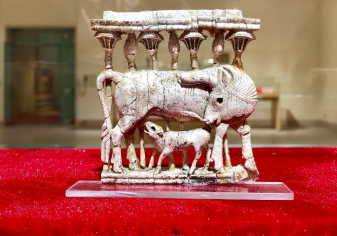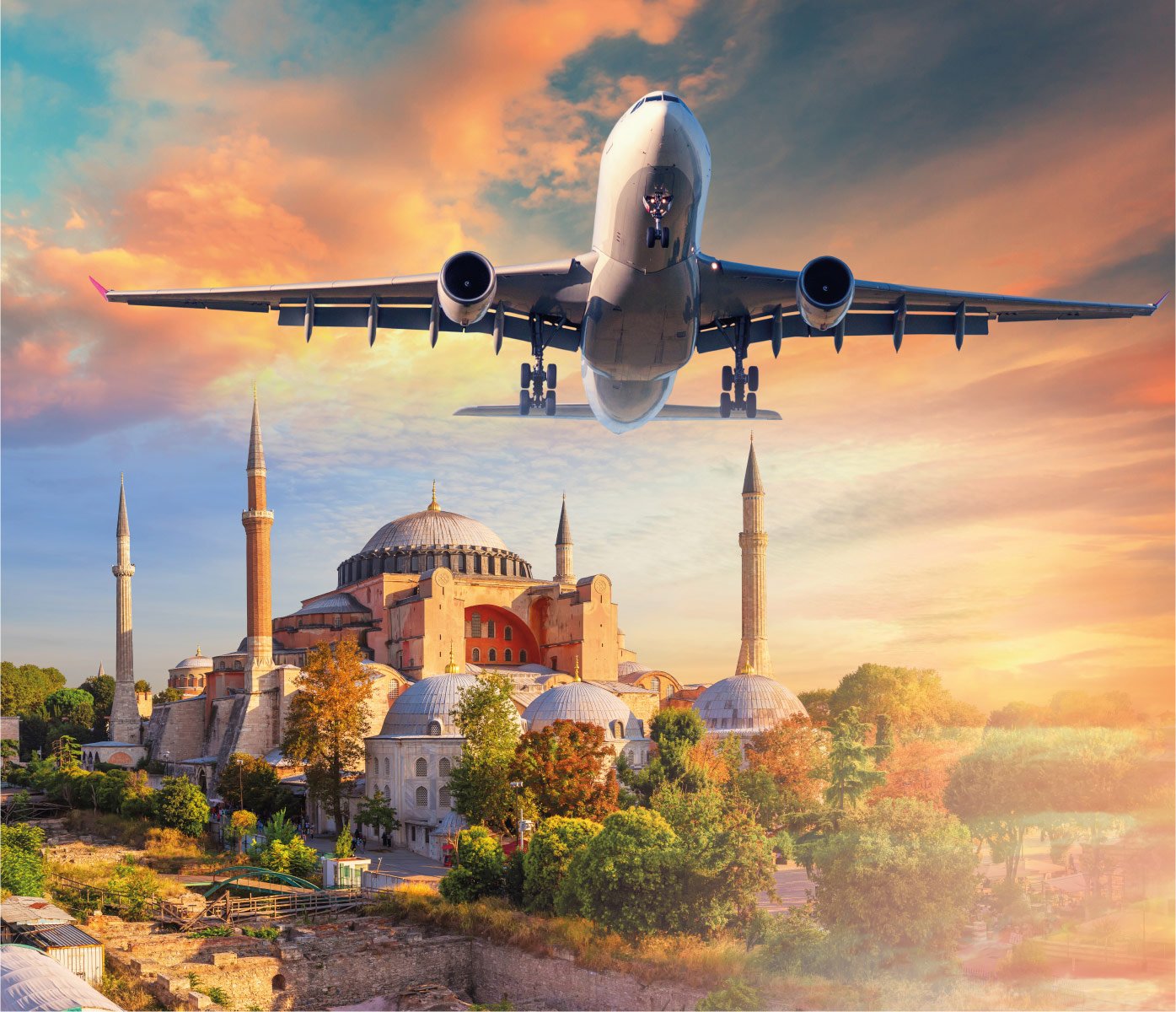Baghdad (Abassid Palace, Bab alwastani & Aqargouf)
Begin the day with a visit to the Abbasid Palace, built in
the 12th century AD by the Abbasid Caliph Al-Nasir li-Din
Allah. The palace was distinguished by a distinctive
architectural design, as it contains a central courtyard
and two floors of rooms, with beautiful arches and
muqarnas in brick and an impressive Iwan with brick
ceilings and facades. Head to visit the Mustansiriya
Madrasa, an Islamic educational institution located in
the heart of the old city of Baghdad, Iraq. It was founded
in 1227 CE by the Abbasid caliph al-Mustansir and is
considered one of the oldest universities in the world.
The madrasa was known for its impressive architecture,
with intricate decorations and a large courtyard
surrounded by lecture halls, dormitories, and other
facilities for students and teachers. The curriculum
includes various subjects, including Islamic law,
theology, philosophy, mathematics, medicine,
astronomy, and literature. Many famous scholars and
intellectuals studied and taught at the madrasa over the
centuries, making it an important center of learning and
culture in the Islamic world.
Continue to visit the Copper market, one of the
country's oldest and most famous markets, dating back
to the Abbasid era. The market is known for its copper
goods, including pots, plates, trays, lamps, other
decorative items, and other handicrafts and souvenirs.
Explore the narrow alleys and stalls of the market,
haggling with vendors and admiring the beautiful and
intricate copper wares on display.
Also, visit Mutanabbi Street, known as the intellectual
and cultural center of the city. Named after the famous
10th-century Iraqi poet Abu al-Tayyib al-Mutanabbi, the
street has been home to many booksellers, publishers,
and intellectuals for decades. The street features many
bookshops, cafes, and galleries, where visitors can
browse various books on various subjects, including
literature, poetry, history, politics, and religion. The
street is also home to many street performers, including
musicians, artists, and storytellers, who entertain
visitors with their talents.
Visit Aqarqouf Ziggurat, known as Dur-Kurigalzu
Ziggurat, an ancient, stepped pyramid near the city. Built
during the Kassite period of Mesopotamian history (14th
-12th centuries BCE), it is one of the best-preserved
Ziggurats in Iraq. The Ziggurat was constructed as a
religious center and served as a temple dedicated to the
god Ninurta. It is built from mud bricks and rises to
approximately 52 meters.
Drive back to Baghdad stopping en route at Bab alWastani, also known as “Bab Khorasan”, one of ancient
Baghdad gates and is the only remaining gate today. The
site was restored and can be overlooked from the
b>Muhammad al-Qassim Highway. At the same time, the
surrounding graves, and mosques which date back to
Abbasid era, known as Al-Wardiyya Cemetery, were
uprooted in order to build the infrastructure for tourism
surrounding the gate. Return to the Hotel for dinner and
overnight.














































































